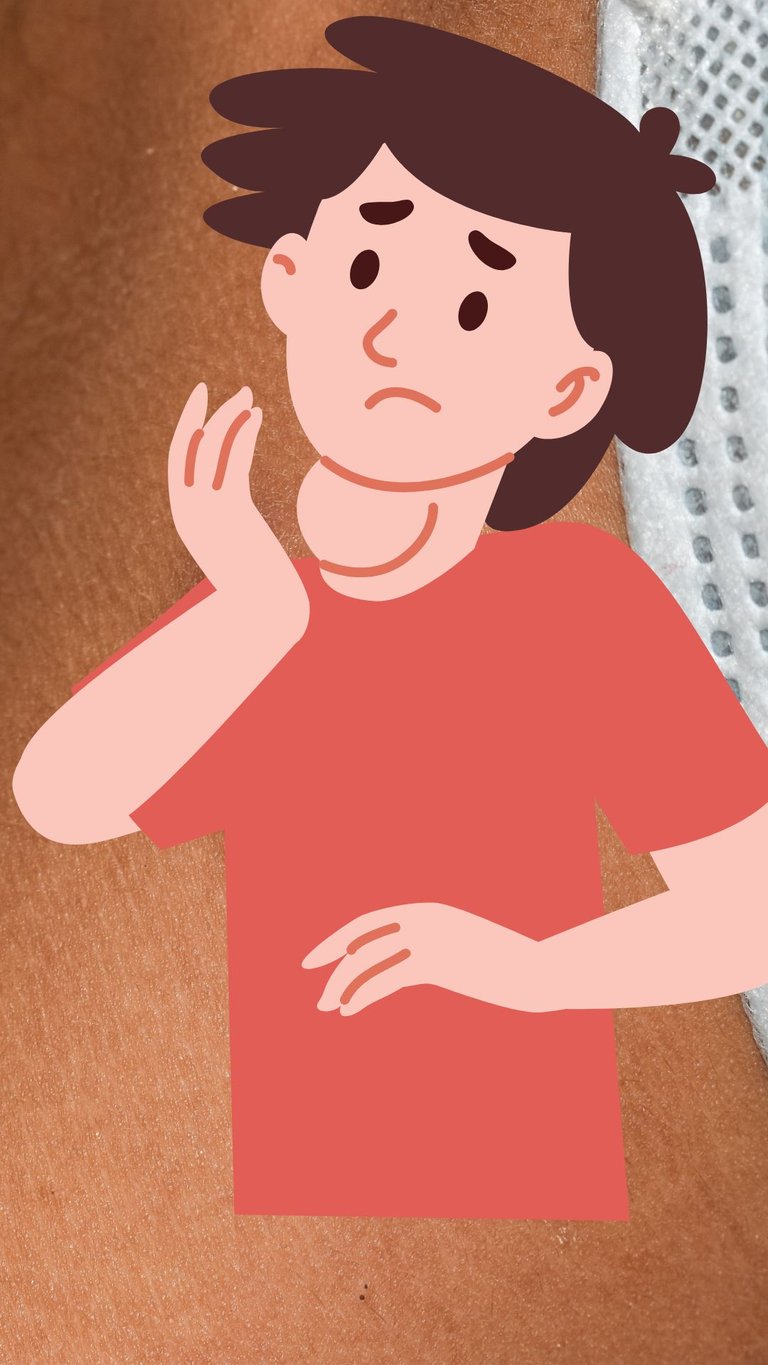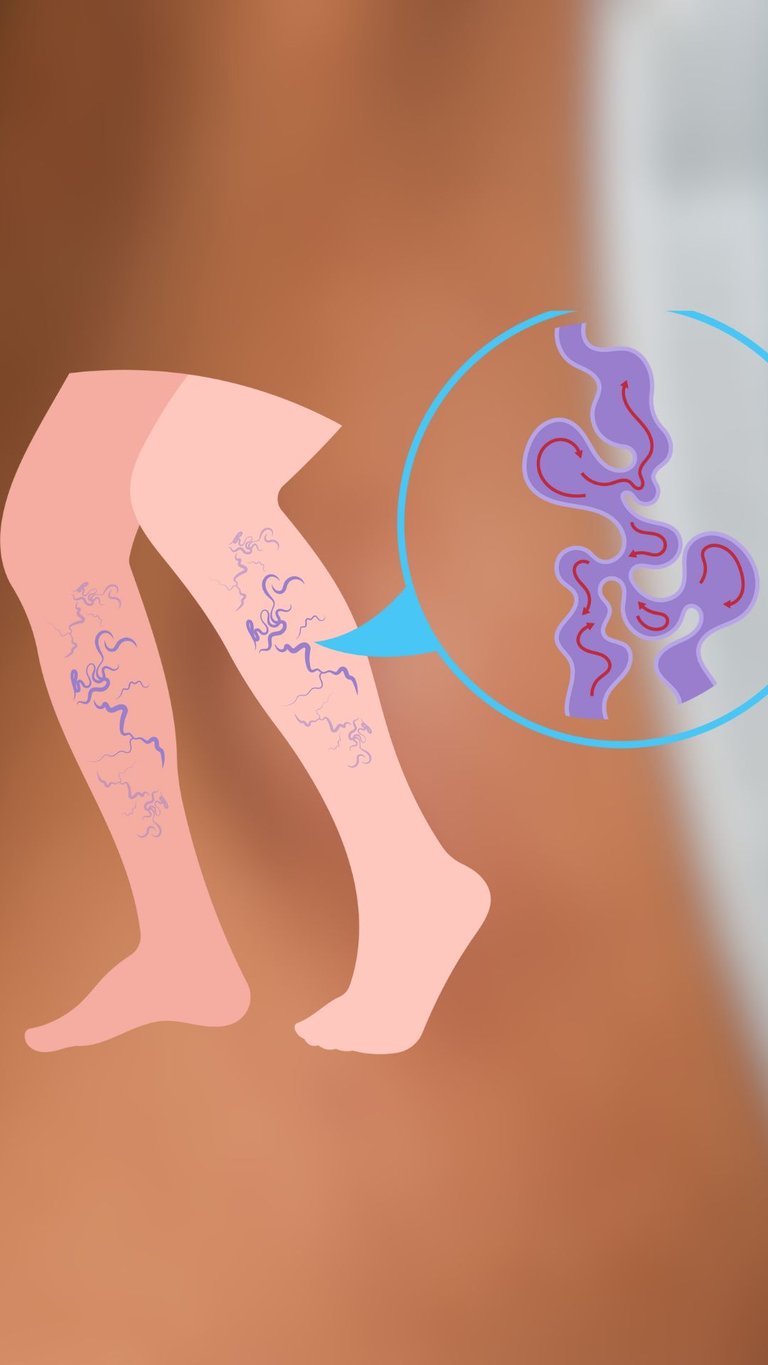
Welcome to another engaging post where we answer medical trivia questions from this past week. Each day brings us an opportunity to learn, and we’ll break down the answers to these thought-provoking questions, explaining why the most likely diagnosis fits and why the other options don’t quite measure up. Let’s dive in!
Friday: A 55-year-old man with a painless, hard neck lump, weight loss, and night sweats.

Most likely diagnosis: B) Lymphoma
Lymphoma, a type of cancer affecting the lymphatic system, often presents with painless lymph node enlargement, systemic symptoms like weight loss, night sweats, and fatigue. These "B symptoms" are classic red flags for lymphoma.
Why not the others?
A)Thyroid goiter: This usually presents with a painless swelling in the neck but rarely causes systemic symptoms like weight loss or night sweats. Thyroid dysfunction signs would likely accompany it.
C) Tuberculosis: Though TB can cause systemic symptoms, neck lumps due to TB are typically tender and associated with localized infection signs.
D) Cyst: Cysts are usually benign, painless, and without systemic symptoms like weight loss or night sweats.
Thursday: A 70-year-old man with frequent urination, difficulty starting, and incomplete bladder emptying.

Most likely diagnosis: B) Prostate enlargement (BPH)
Benign prostatic hyperplasia (BPH) is common in older men and presents with lower urinary tract symptoms, including frequent urination, difficulty starting urination, and feeling like the bladder isn’t emptying completely.
Why not the others?
A) Urinary tract infection (UTI): UTIs can cause frequent urination, but they often include pain or burning during urination, fever, and cloudy urine.
C) Kidney stones: These are typically associated with severe, colicky pain in the flanks or lower abdomen, often radiating to the groin.
D) Bladder cancer: While it can cause similar urinary symptoms, it’s often associated with visible blood in the urine (hematuria) without pain.
Tuesday: A 28-year-old woman with leg swelling and visible varicose veins.

Most likely diagnosis: B) Chronic venous insufficiency
Chronic venous insufficiency (CVI) is a condition where blood flow in the veins is impaired, leading to pooling and symptoms like leg swelling and visible varicose veins, particularly after prolonged standing.
Why not the others?
A) **Deep vein thrombosis **(DVT): DVT typically presents with acute, unilateral leg swelling, redness, warmth, and pain. Visible varicose veins are not characteristic.
C) Cellulitis: This presents as localized redness, swelling, warmth, and pain, often accompanied by fever, not just visible veins or positional swelling.
D) Peripheral artery disease: PAD causes symptoms like leg pain during activity (claudication), not swelling or varicose veins.
Monday: A young child with high fever, swollen glands, and a “strawberry” tongue.

Most likely diagnosis: B) Scarlet fever
Scarlet fever is caused by Group A Streptococcus and presents with a high fever, a characteristic "strawberry tongue," a sandpaper-like rash, and swollen glands. This fits the described symptoms.
Why not the others?
A) Measles: Measles typically presents with a fever, cough, conjunctivitis, and Koplik spots inside the mouth. A strawberry tongue is not a feature.
C) Kawasaki disease: This can cause a strawberry tongue, but it’s more common in younger children and is accompanied by prolonged fever, cracked lips, and rash on the hands and feet.
D) Hand-foot-and-mouth disease: This presents with fever and a vesicular rash on the hands, feet, and mouth, not a strawberry tongue.
Recap:
Friday’s case of the neck lump and systemic symptoms pointed to lymphoma.
Tuesday’s leg swelling and varicose veins were classic for chronic venous insufficiency.
Monday’s strawberry tongue and fever in a child signaled scarlet fever.
Thursday’s urinary issues in an older man aligned with benign prostatic hyperplasia.
Stay tuned for next week’s trivia answers—and remember, these discussions are educational, not diagnostic. Always consult a healthcare provider for personalized advice!





